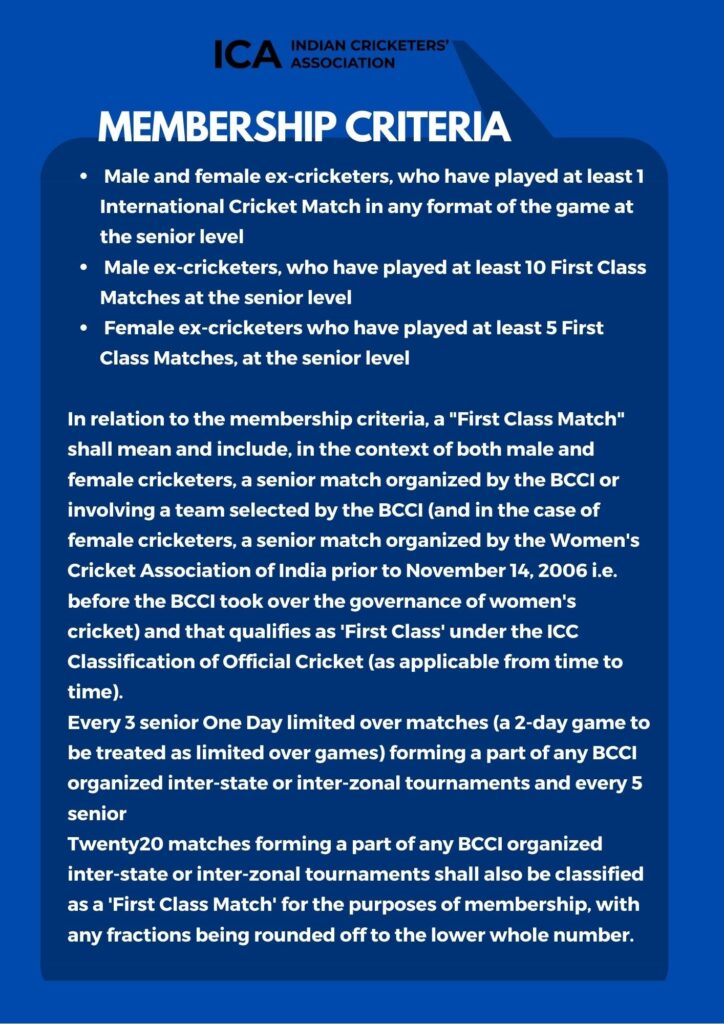WITH THE INTENSE COMPETITION PLAYERS HAVE TO PERFORM OR BE SIDELINED

By:-Partab Ramchand
Email: partabramchand@yahoo.com
Viewed from any angle this has been a momentous season for Indian cricket. One success after another across formats including arguably the greatest ever Test series triumph underlines its significance. The bench strength was always strong but over the past few months because of circumstances that have been well chronicled the youngsters were thrown into the deep end of the pool and they responded magnificently. Whoever got the chance whether batsman or bowler grabbed it with both hands and it certainly is not easy being an Indian selector these days. The problem of plenty, the embarrassment of riches at hand means that no one can take his place for granted and this is a healthy augury for Indian cricket.
The one fear that remains is that some of these youngsters might not have a long career. With the competition being so intense how can they be accommodated even if there are three formats? The problem is that some of them are specialists whether Tests or limited overs cricket. Even when it comes to the latter some of them are ODI specialists and some excel more in the T-20 game. Even during the just concluded international season players who did reasonably well were dropped as there were others as good if not better waiting in the wings.
For example, till not too long ago the ‘Kulcha’ combo – Kuldeep Yadav and Yuzvendra Chahal – appeared to have cemented their places in the limited overs squad. Now it is likely that neither may be accommodated with the imminent return of Ravindra Jadeja and there emerging a strong lobby for the recall of Ravi Ashwin. In addition, players like T Natarajan, Prasidh Krishna, Suryakumar Yadav and Ishan Kishan have already been drafted with some success in the limited overs squad. And did anyone at the start of the season see Washington Sundar and Axar Patel as successes in Test cricket?
The point is that besides these new entrants the established stars too are not exactly short on runs or wickets. Virat Kohli, Rohit Sharma, Cheteshwar Pujara, Ravi Ashwin and the pacemen in the Test team and the many regulars in the limited overs squad have all been faring rather well making selection that much more difficult. Bhuvneshwar Kumar, coming back from injury, showed that he has retained his wicket taking skills and once Jasprit Bumrah returns along with Mohammed Shami, Umesh Yadav and Ravindra Jadeja, one wonders where there is going to be a place for the likes of Mohammed Siraj, Shahbaz Nadeem, Navdeep Saini, Prasidh Krishna, Shardul Thakur and Natarajan. It is worth noting too that Hanuma Vihari and Mayank Agarwal, considered Test specialists could not find a place in the squad that played England.
Under the circumstances if players are dropped after a couple of failures it is understandable. Here the words of former England batsman Phil Sharpe would appear to be relevant. Sharpe who passed away in 2014 played just 12 Tests from 1963 to 1969 despite a better than average record in addition to being one of the finest slip catchers in the game. He scored 786 runs at an average of 46 with one hundred. He was however in and out of the squad but Sharpe was never one to complain. As he recalled: “In those days players were selected for two matches at most. If you didn’t do well it was a case of ‘on your bike, next please’. Now in my view that was good. It made you concentrate doubly to make sure that you did well.”
Yes, with the competition for spots right down the order and in the various formats being so intense a player should not crib if he is dropped following a failure or two. In fact, as Sharpe said it should make him try that much harder to perform.
(Partab Ramchand is a veteran sports journalist, the views expressed here are personal)

